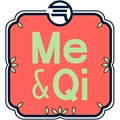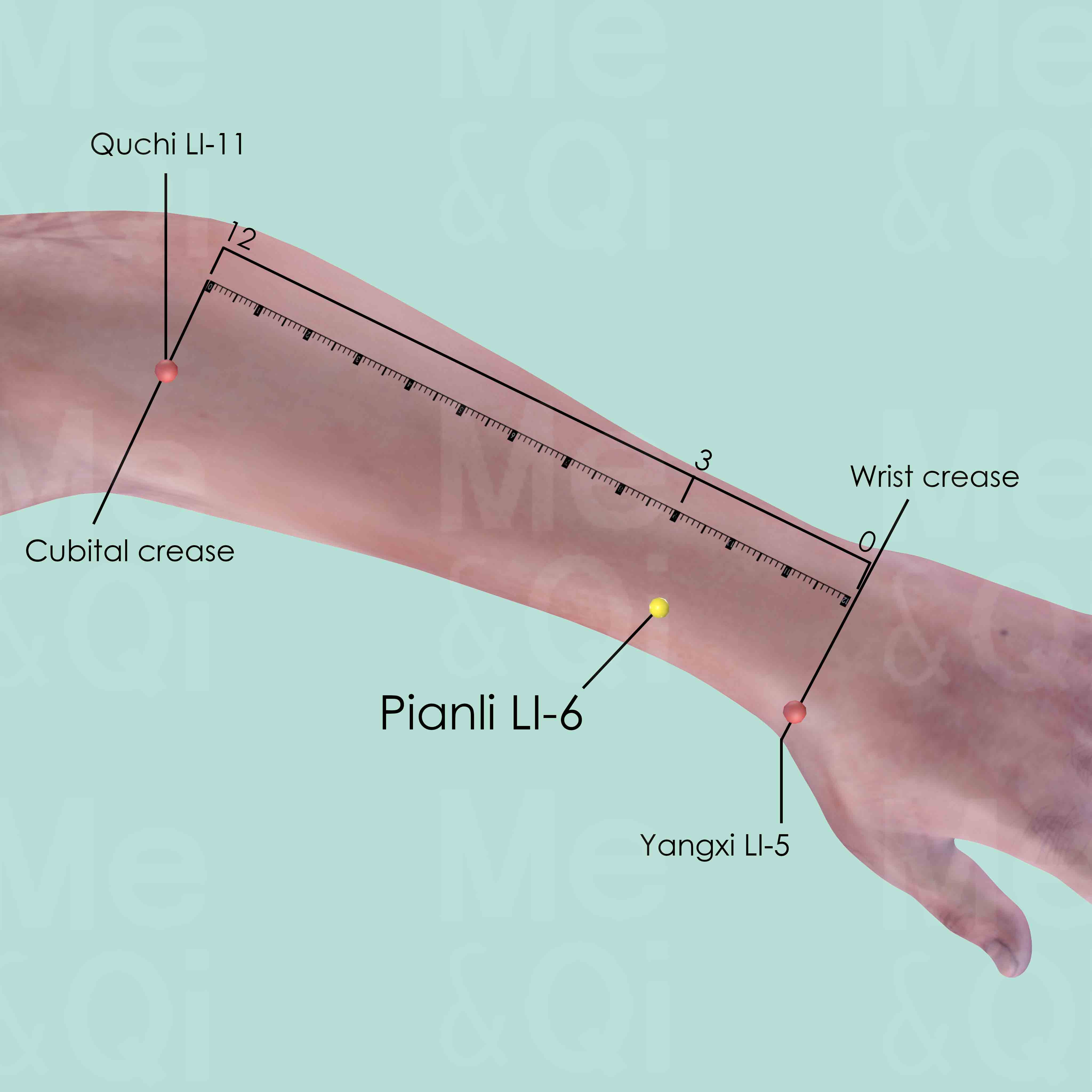Ascitesaccording to TCM
Symptom family: Ascites
Sub-symptom(s): Ascites Causing Shortness Of Breath Ascites Due To Liver Cirrhosis
What is Ascites?
Ascites refers to the abnormal accumulation of fluid in the abdominal cavity, often presenting as significant swelling in the abdomen. This condition can arise from various medical issues, notably liver cirrhosis, and may cause discomfort or more severe health complications.
Sub-symptoms associated with ascites include shortness of breath and complications due to liver cirrhosis. Understanding ascites is crucial for effective treatment, as it often signals underlying health problems that require attention.
How does TCM view Ascites?
Traditional Chinese Medicine (TCM) approaches ascites not just as a singular symptom but as a manifestation of deeper imbalances within the body. TCM theory posits that ascites result from disharmonies in the body's vital energies and organ systems.
It emphasizes identifying and correcting the underlying patterns of disharmony, such as Qi Stagnation or Dampness accumulation, to treat the condition effectively. This holistic view stands in contrast to Western medicine, which often focuses on symptom management.
Causes of Ascites according to TCM
In TCM, ascites is primarily seen as a consequence of imbalances leading to Dampness accumulation and Qi Stagnation. One common cause is the Spleen's inability to transform and transport Body Fluids properly, resulting in fluid accumulation. Liver cirrhosis, another cause, is viewed as a Stagnation of Liver Qi, leading to the overflow of Dampness into the abdominal area. These underlying patterns need to be identified to tailor a treatment that addresses both the symptom and its root cause.
TCM Herbal Formulas for Ascites
In Traditional Chinese Medicine (TCM), ascites is often associated with patterns like Oedema and Wind-Damp, Greater Yang Accumulation of Water, Damp-Cold etc. These patterns underscore an imbalance in the body's fluid metabolism. The Oedema and Wind-Damp pattern signifies the body's failure to manage fluids, commonly linked to weakened Spleen function. This is crucial in TCM for fluid transformation and transportation.
Greater Yang Accumulation of Water indicates an imbalance in Yang energy, typically related to Kidney and Bladder functions, leading to water retention. Damp-Cold suggests an excess of cold and damp qualities, disrupting normal fluid circulation and metabolic processes.
TCM focuses on restoring balance and proper fluid metabolism to alleviate ascites symptoms and address underlying disharmonies. This holistic approach targets not just the symptoms but the root cause, preventing recurrence and promoting overall well-being.
Explore below some TCM herbal formulas used to address ascites, organized by formula type.
- By Formula Type
- Formulas that drive out excess water
- Formulas that promote urination and leach out dampness
- Formulas that expel dampness
- Formulas that warm and transform water and dampness
Formulas that drive out excess water
Ascites can be treated by these formulas when it is a consequence of accumulated excess water or fluid in the body, demanding diuretic actions to promote its expulsion.
One such formula is Ji Jiao Li Huang Wan, with stephania root as a key herb.
Other formulas of this category are listed in the table below.
All "formulas that drive out excess water" recommended for ascites
Formulas that promote urination and leach out Dampness
Ascites can be treated by these formulas when it is caused by an accumulation of dampness in the body, requiring diuretic actions to promote fluid balance.
One such formula is Fang Ji Huang Qi Tang, with stephania root as a key herb.
Other formulas of this category are listed in the table below.
All "formulas that promote urination and leach out dampness" recommended for ascites
Formulas that expel Dampness
Ascites can be treated by these formulas in cases where dampness obstructs the body's normal functions, necessitating herbs that specifically target and expel dampness.
One such formula is Wei Ling Tang, with water plantain as a key herb.
Formulas that warm and transform water and Dampness
Ascites can be treated by these formulas if it is due to cold-dampness obstructing the body's functions, requiring warming and damp-transforming actions.
One such formula is Zhen Wu Tang, with prepared aconite as a key herb.
Acupoints for Ascites
Acupuncture, a crucial component of TCM, involves stimulating specific points to address various health issues, including ascites. For instance, Pianli LI-6, located on the Large Intestine Channel, is used for its ability to regulate water passages and expel Wind and clear Heat. This acupoint, situated 3 cun above Yangxi LI-5, along the line joining Yangxi LI-5 and Quchi LI-11, is instrumental in managing the symptoms of ascites, complementing the herbal treatment to provide a holistic approach.
See more details below about Pianli LI-6, an acupoint used to address ascites.
- By Meridian
- Large Intestine Channel
TCM Herbs for Ascites
Explore below some TCM herbs used to address ascites, organized by herb category.
- By Herb Category
- Cathartic herbs that drain downward
- Herbs that drain dampness
- Herbs that clear heat and relieve toxicity
- Herbs that clear heat and purge fire and/or clear summer heat
- Herbs that clear heat and dry dampness
- Tonic herbs for qi deficiency
- Aromatic herbs that transform dampness
- Herbs that cool the blood
- Herbs that warm the interior and/or expel cold
- Laxative herbs that drain downward
Cathartic herbs that drain downward
Ascites can be treated by these herbs when due to excess accumulation in the intestines and stomach, aiding in eliminating waste and toxins through purgation.
One such herb is Kansui Roots (Gan Sui), a key herb in some formulas recommended for ascites, like Shi Zao Tang.
Other herbs of this category are listed in the table below.
"Cathartic herbs that drain downward" recommended for ascites
| Herb | Formulas they belong to (if applicable) |
|---|---|
| Kansui Roots (Gan Sui) | Shi Zao Tang | Zhou Che Wan |
| Genkwa Flowers (Yuan Hua) | Shi Zao Tang | Zhou Che Wan |
| Morning Glory Seeds (Qian Niu Zi) | Yu Gong San |
Herbs that drain Dampness
Ascites can be treated by these herbs when caused by excessive dampness in the body, aiding in eliminating damp through diuretic action.
One such herb is Water Plantain (Ze Xie), a key herb in some formulas recommended for ascites, like Wei Ling Tang.
Other herbs of this category are listed in the table below.
"Herbs that drain Dampness" recommended for ascites
| Herb | Formulas they belong to (if applicable) |
|---|---|
| Water Plantain (Ze Xie) | Wei Ling Tang | Wu Ling San |
| Poria-Cocos Mushrooms (Fu Ling) | Wu Pi Yin |
| Ginger Peel (Sheng Jiang Pi) | Wu Pi Yin |
Herbs that clear Heat and relieve Toxicity
Ascites can be treated by these herbs if it arises from internal heat and toxic accumulations, aiding in detoxification and cooling the body.
One such herb is Selanginella Herbs (Shi shang Bai), which is directly recommended for ascites.
Herbs that clear Heat and purge Fire and/or clear Summer Heat
Ascites can be treated by these herbs when it arises from excessive internal heat or fire, aiding in cooling the body and balancing internal temperature.
One such herb is Barbat Skullcap Herb (Ban Zhi Lian), which is directly recommended for ascites.
Herbs that clear Heat and dry Dampness
Ascites can be treated by these herbs when caused by excessive dampness and heat within the body, aiming to restore balance by drying dampness and clearing heat.
One such herb is Stephania Roots (Fang Ji), a key herb in some formulas recommended for ascites, like Fang Ji Huang Qi Tang.
Tonic herbs for Qi Deficiency
Ascites can be treated by these herbs when stemming from a lack of vital energy or Qi, helping to boost energy and overall vitality.
One such herb is Milkvetch Roots (Huang Qi), a key herb in some formulas recommended for ascites, like Fang Ji Huang Qi Tang.
Aromatic herbs that transform Dampness
Ascites can be treated by these herbs if it stems from damp accumulation, especially in the digestive system, using aromatic properties to transform and dispel dampness.
One such herb is Black Atractylodes Rhizomes (Cang Zhu), a key herb in some formulas recommended for ascites, like Wei Ling Tang.
Herbs that cool the Blood
Ascites can be treated by these herbs when it is a consequence of excess heat in the blood, helping to cool and detoxify the blood.
One such herb is Mulberry Bark (Sang Bai Pi), a key herb in some formulas recommended for ascites, like Wu Pi Yin.
Herbs that warm the Interior and/or expel Cold
Ascites can be treated by these herbs if it is due to internal coldness or deficient Yang energy, working to warm the body and dispel cold.
One such herb is Prepared Aconite (Zhi Fu Zi), a key herb in some formulas recommended for ascites, like Zhen Wu Tang.
Laxative herbs that drain downward
Ascites can be treated by these herbs when there's a need for a milder form of bowel movement to alleviate constipation and regulate digestion.
One such herb is Peking Spurge Roots (Jing Da Ji), a key herb in some formulas recommended for ascites, like Shi Zao Tang.

